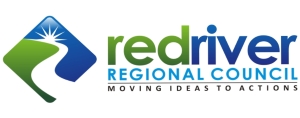Application Deadline Approaching for 2019 Community Development Block Grant
New program eligibility data released The pre-application deadline for Region IV’s (Grand Forks, Nelson, Pembina and Walsh counties) Community Development Block Grant is June 26, 2019. More than $200,000 is […]
Walsh and Pembina Counties Seeking Applications for Community Betterment Projects
Walsh and Pembina counties are currently seeking cities interested in funding assistance for community betterment projects. Both Pembina and Walsh counties are accepting applications for projects as part of their […]
